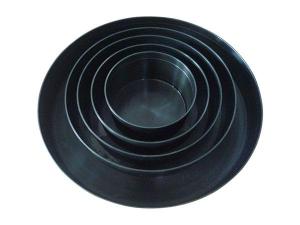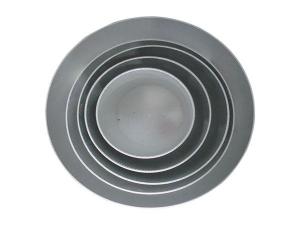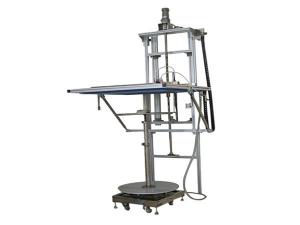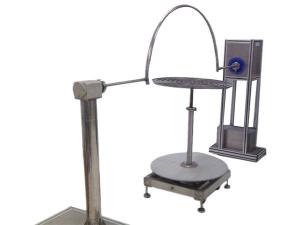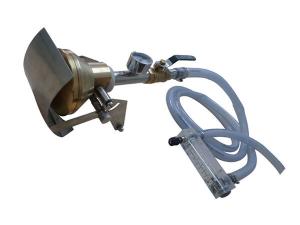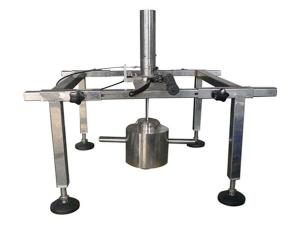Standard:
This device meets the standards of IEC60335-2-9 clause 3.1.9.108 figure 103 and figure 104, Household and similar electrical appliances-Safety-Part 2-9: Particular requirements for grills, toasters and similar portable cooking appliances.
Application:
The hot plate tester is designed to simulate the vessel placed on the hotplates in normal operation in order to measure the plate's heating capabilities.
Test sample:
Hotplates.
Parameters:
Aluminum vessel: flat base with cover, meet the requirements of table 101 quantity of liquid in the vessel, mainly used for water boiling testing.
Table 101-Quantity of liquid in the vessel
| Diameter of cooking zone mm | Quantity of water or oil l |
| ≤110 | 0.6 |
| >110 and ≤145 | 1.0 |
| >145 and ≤180 | 1.5 |
| >180 and ≤220 | 2.0 |
| >220 and ≤300 | 3.0 |
| Diameter of cooking zone mm | Approximate dimension | ||
| a mm | b mm | c mm | |
| ≤110 | 110 | 140 | 8 |
| >110≤145 | 145 | 140 | 8 |
| >145≤180 | 180 | 140 | 9 |
| >180≤220 | 220 | 120 | 10 |
| >220≤300 | 300 | 100 | 10 |
NOTE: The maximum concavity of the vessel is to be not more than 0.05 mm. The base of the vessel is not to be convex.
Steel vessels:
The vessel is made of low carbon steel having a maximum carbon content of 0.08%. It is cylindrical without metallic handles or protrusions. The diameter of the flat area of the base of the vessel is to be at least the diameter of the cooking zone. The maximum concavity of the base of the vessel is 0.006d. The base of the vessel is not to be convex. A3 low carbon steel, surface: black oxidating. meet the requirements of table 101 quantity of liquid in the vessel and figure 104 parameters requirement (Φ110mm, Φ145mm, Φ180mm, Φ220mm, Φ300mm,1 set with 5 pcs), mainly used in cooking oil heating test.

